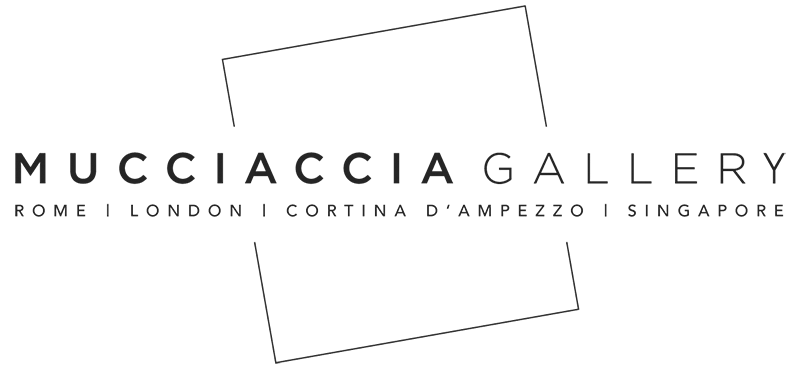Pablo Picasso
The son of a painter specialising in naturalist painting, Pablo Picasso had colours in his blood, so to speak, and showed an extraordinary and precocious talent for drawing. He spent his childhood between Malaga and La Coruña and visited Barcelona. He then settled in France.
The paintings of his early period, such as the touching Science and Charity, testify to great skill and a certain attachment to tradition, learned from his father. It was the Parisian environment that made his talent flourish during his first experiments of the ‘Blue Period’, between 1901 and 1904. His palette was almost entirely composed of cold tones and he made the marginalised and excluded his main subjects. A great melancholy emanates from the paintings, as in La Vie in 1903 or in Le Repas de l’veugle of the same year.
In 1905, his palette turned to warmer tones as he entered his ‘Pink Period’, where he deepened his search for volume and staged a grand parade of circus characters, as in Famille des saltimbanques in 1905 or Arlequin assis.
The taste for primitivism and the influences of African art burst forth with Les Demoiselles d’Avignon in 1907, one of the points of no return for modern art, where the simplification of forms, the pre-eminence of the mental image over the physical image and Cubist research cross over.
Between 1910 and 1914, Picasso first experimented with analytical cubism in Jeune fille à la mandoline and then synthetic cubism with his collages. Between 1916 and the end of the 1930s, he adapted to the climate of the return to order with works of great classicism, such as Femme assise en chemise in 1923 or Deux femmes courant sur la plage in 1922.
During the 1930s, Surrealist influences materialised in the figures of the Minotaures and the upheaval also appeared with Guernica in 1937. During the war, he remained in Paris and devoted himself to sculpture, painting and ceramics. In 1949, he created another 20th century icon, the famous Dove of Peace.
During the 1950s, he continued to produce at a superhuman pace, approaching a systematic reinterpretation of classics and tradition. His dozens of versions of Las Meniñas de Velasquez are the best known testimony to this. During the 1960s and 1970s, he feverishly devoted himself to his simplification of forms that preceded neo-expressionism. The modernity of his career, his exceptional importance, his entire vision can be found in this statement of his: ‘When I was eight years old, I was Raphaël. It took me a lifetime to paint like a child’.
He died in Mougins in 1973.


